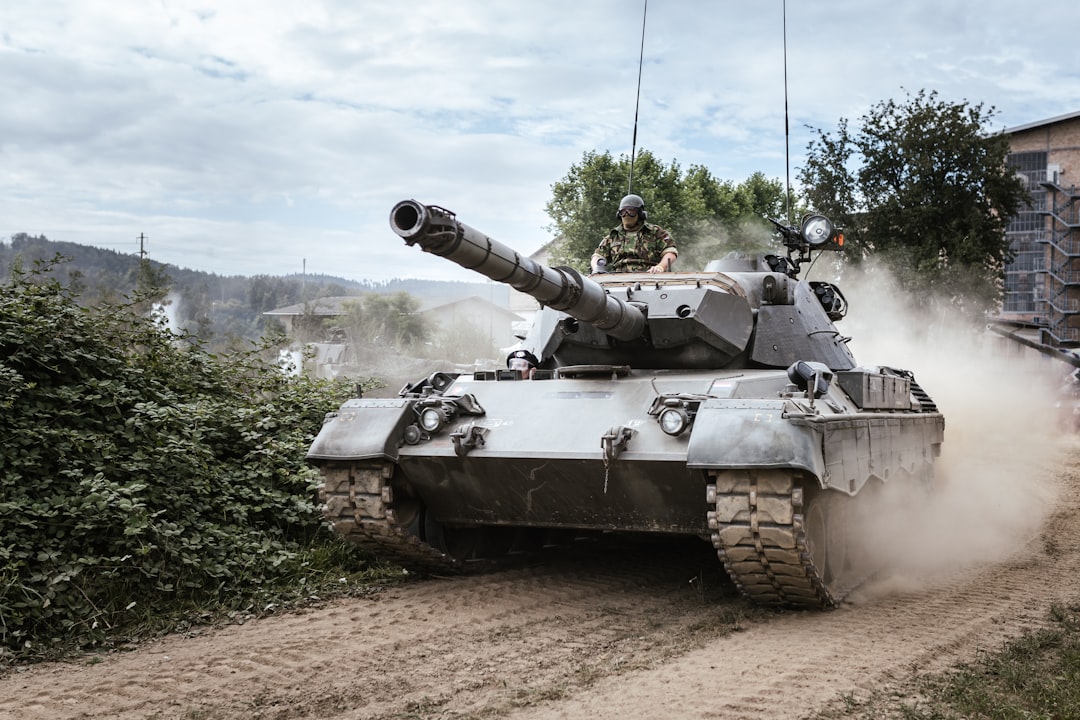What is it about?
Training and evaluating teamwork and team performance is not easy. Simulation based team training (SBTT) is frequently used as it provides a safe, accessible, and controlled environment for such training and evaluation. Often these simulations generate some performance measure in the form of a simulation output - a ‘score’. But what does this output really represent? In this paper we studied what cognitive processes take place during emergency medicine simulations using the Emergo Train System® simulator.
Featured Image
Why is it important?
Understanding what cognitive processer take place during a simulation is important, as those processes are an essential aspect of simulation validity. This study contributes by applying and evaluating the Distributed Cognition for Teamwork (DiCoT) -methodology as a tool for studying cognitive validity aspects of emergency medicine simulations. Further, we show that such a study can be used to inform simulator (re)design.
Perspectives
For me as a student of cognitive science it seems important that a valid simulation provide trainees with opportunities to apply the same (or similar) cognitive strategies as would be used in real work. From a distributed cognition perspective this would include opportunities to use the environment, artefacts and tools, and representations of information to solve cognitive tasks presented in the training scenario.
Jonas Rybing
Linkopings universitet
Read the Original
This page is a summary of: Studying distributed cognition of simulation-based team training with DiCoT, Ergonomics, September 2015, Taylor & Francis,
DOI: 10.1080/00140139.2015.1074290.
You can read the full text:
Contributors
The following have contributed to this page










